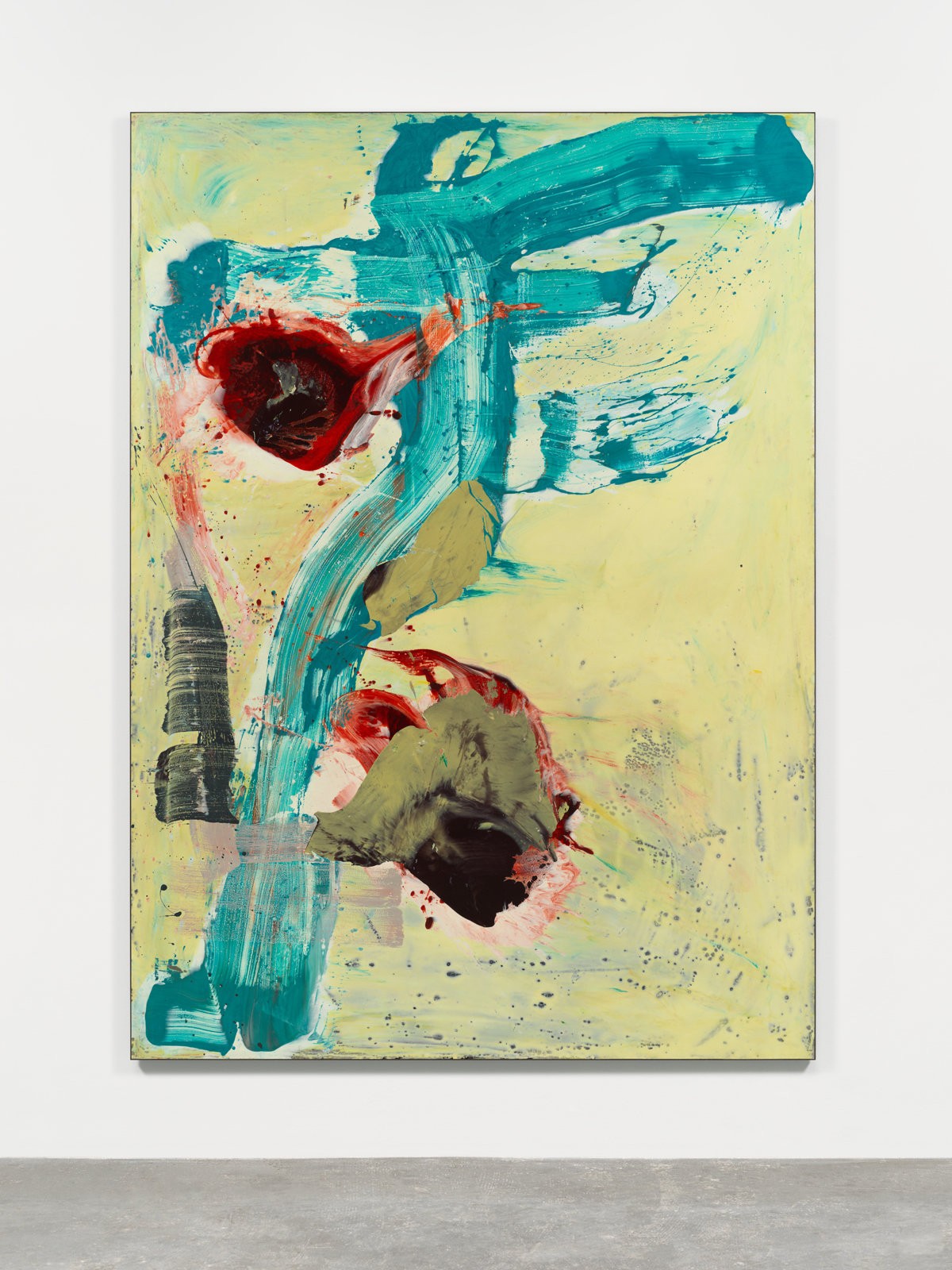1150 25th St /
Adrian Rosenfeld Gallery
Adrian Rosenfeld Gallery in collaboration with Sadie Coles HQ, London, presents Ryan Sullivan: The Chamber (or Wall of Sound).
Andrew Loog Oldham, later to become famous as the manager of the Rolling Stones, coined the term “wall of sound” to describe the sonic rush of Phil Spector’s production of “You’ve Lost That Loving Feeling” by the Righteous Brothers.
With “wall of sound” Oldham gave visual articulation to the unusual aural density of Spector’s pop orchestrations of the 1960s. As opposed to the crystalline clarity and fidelity to realism of the then- popular “true sound,” Spector’s productions were muddy, grandiose, obtuse. Filled with an inordinate number of instruments — the recording of Ike and Tina Turner’s “River Deep, Mountain High” included 4 guitars, 4 basses, 3 pianos (one acoustic, one electric and a harpsichord), 2 percussionists, 2 drums, 2 obbligato vocalists, 6 horns and a full string section — in the mixing, Spector created sonic masses of instrumental and vocal forces from which only the lead vocals and the most salient musical gestures emerged.
Spector constructed his walls of sound through studio manipulations – layering and stacking instrumentation to create a richer, fuller timbre; channeling tracks through echo chambers that retransmitted the build-up and decay of reflected sound signals as a textural wash of reverberation and absorption; and constructing an artificial space of performance through the use or non-use of microphones. Spector used modern recording techniques to investigate the possibilities engendered by the transparency of sound. Through esoteric dubbing, double-tracking, spilling and other tools of
audio-mixing, Spector eliminated the spatial separation between sounds – forming an interwoven fabric of indistinguishable sonic threads or, put another way, compressing transparent sonic fields into an opaque force-field of aural fog.
“Wall of sound” conveys the composite nature of Spector’s recordings – the component parts are bound together to form a single sonic image that defies musical notation and that itself, rather than any particular focal point, assumes the pedestal of authority. Likewise, “wall of sound” alludes to the primacy of monophony in the production and dissemination of Spector’s work. Though originally imposed by the technical limitations of radios and jukeboxes of the era, Spector insisted on recording in mono even after the technologies of multi-channel recordation and stereophonic sound reproduction were widespread. Spector intended his “walls of sound” to impose themselves on listeners rather than envelope them—in terms of psychoacoustics, the “walls of sound” were rogue waves emanating from a single point of origin.
But for all its connotative power, “wall of sound” fails to capture fundamental aspects of Spector’s signature style. Unlike the archetypal wall, Spector’s are parabolic, not flat – the sound energy is filtered through the acoustic equivalent of a fish-eye lens. And unlike the walls of a terrestrial structure, the “walls of sound” carry no load, define no area and provide no shelter or security. Instead, Spector’s sonic aesthetics are profoundly aquatic – shapeshifting and permeable, equally prone to diffusion and compression. The “walls of sound” do not seem to rise from any surface but emanate from below - from the geological depths of a canyon or the mouth of a deep-sea cave.
Phil Spector’s bandmate in the Teddy Bears, whose single “Don’t You Worry My Little Pet” is generally recognized as the start of the “wall of sound,” recalled “this air effect is what we heard — all the notes jumbled and fuzzy. This is what we recorded — not the notes. The chamber.”
